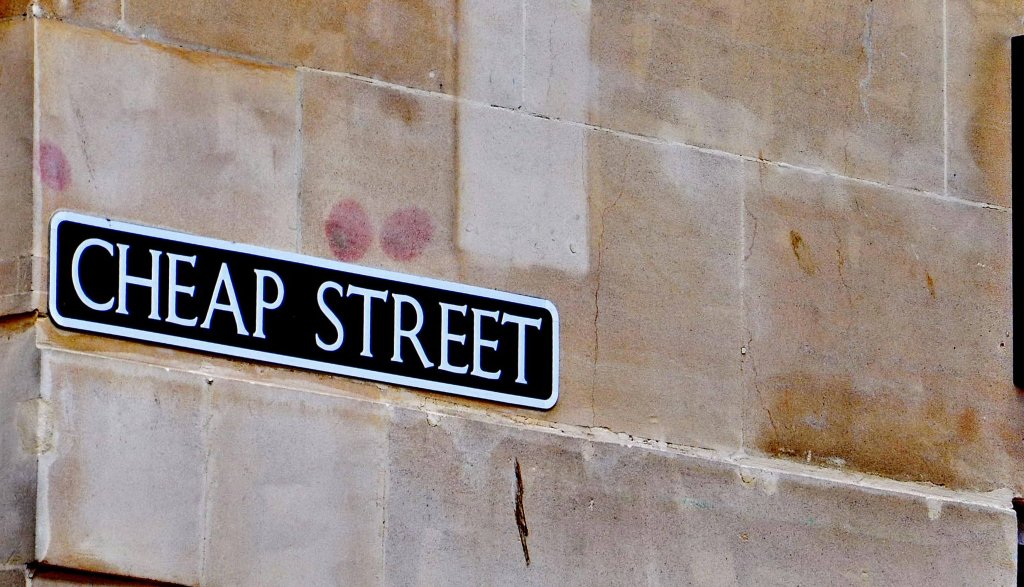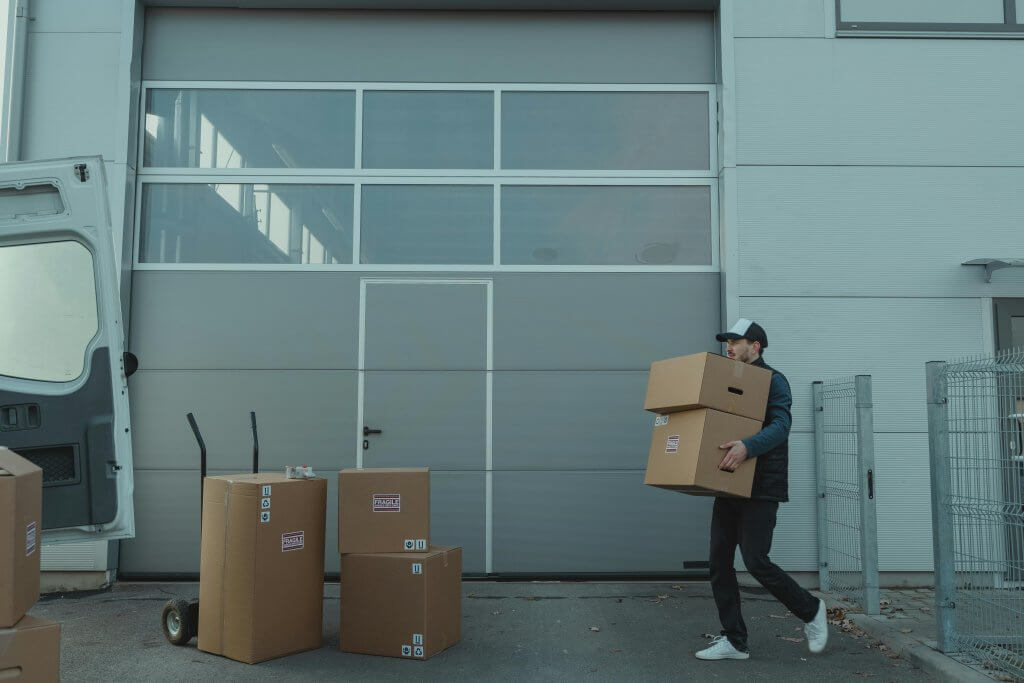If you’re struggling with unmanageable company debts, you might be wondering who can actually put the company into liquidation — and whether it’s something you can control yourself.
The short answer is that both directors and creditors can initiate liquidation. The route the liquidation takes depends on the company’s financial position and who starts the process.
Understanding these routes matters because acting early often means you can stay in charge of how the company closes and how your own position is protected.
What liquidation actually means
Liquidation is the legal process of closing a limited company and selling its assets to repay creditors. It’s overseen by a licensed insolvency practitioner, who ensures the process is compliant with the Insolvency Act 1986 and that all creditors are treated fairly.
There are two main types of liquidation:
Creditors’ Voluntary Liquidation (CVL), started by the company’s directors when the business is insolvent and can’t pay its debts.
Compulsory Liquidation, forced by a creditor (such as HMRC or a supplier) through the courts.
There’s also Members’ Voluntary Liquidation (MVL) for solvent companies, but that’s used when a business is financially healthy and the owners simply want to close it in a tax-efficient way.
Directors: how you can put your company into liquidation
If you know your company can’t pay what it owes when those debts are due, and there’s no realistic chance of recovery, you as a director can take control by starting a Creditors’ Voluntary Liquidation (CVL).
This is the most common route for insolvent companies because it lets directors act proactively, rather than waiting for creditors or HMRC to take court action.
How CVL works
- You call a meeting of directors to agree that the company is insolvent.
- A licensed insolvency practitioner is appointed to act as Liquidator.
- Shareholders pass a resolution to wind up the company.
- The IP notifies creditors and begins selling assets to repay debts.
Once the liquidation starts, all legal responsibility for dealing with creditors transfers to the insolvency practitioner. You no longer manage the company day to day but you’ve shown you’re willing to meet your legal duties by taking early action.
This route allows you to:
- Avoid compulsory liquidation through the courts
- Reduce the risk of wrongful trading allegations
- Stop creditor pressure and legal action
- Draw a line under company debts, including loans and tax arrears, if you’re found to have acted responsibly and carried out your director’s duties.
If your business has a Bounce Back Loan or HMRC debts, these are treated as company liabilities. As long as you’ve acted responsibly, you’re usually protected by limited liability and will not be personally pursued to repay them.
Creditors: when they can force liquidation
When directors don’t act to resolve their insolvency, creditors can apply to the court to have the company wound up. This is known as Compulsory Liquidation.
The process begins when a creditor (often HMRC, but sometimes a supplier or lender) is owed £750 or more and believes the company has no ability or intention to pay. They can issue a statutory demand or go straight to a winding-up petition, if they’ve already made unsuccessful attempts to recover the debt.
If the court grants the petition:
- The company is placed into Compulsory Liquidation
- The Official Receiver (or sometimes a private insolvency practitioner) takes control
- The company’s bank accounts are frozen and trading must stop immediately
Compulsory Liquidation is serious. As with CVLs, it also triggers an investigation into directors’ conduct and can lead to you being held personally liable for company debts or director’s disqualification if misconduct is found.
That’s why directors who see the warning signs often choose to start a voluntary liquidation first. It’s faster, less stressful and gives you far more control.
HMRC: one of the most active petitioners
HMRC is the most frequent creditor to petition for liquidation. If your company owes unpaid VAT, PAYE or Corporation Tax, HMRC has extensive powers to collect it and will not simply “write off” what’s owed.
Before applying to court, HMRC usually:
- Sends reminder letters and payment demands
- May offer a Time to Pay arrangement if you act quickly
- Instructs debt collection agencies if arrears continue
- Files a winding-up petition if debts remain unpaid
Once that petition is issued, your options narrow fast. Banks may freeze company accounts and other creditors are notified. Acting before HMRC takes this step is almost always the better route. A CVL could stop the petition in its tracks.
Shareholders and solvent liquidation
If your company is solvent and cash-rich — meaning it can pay its debts in full and on time, and has over £25,000 in retained profits — the directors can initiate a Members’ Voluntary Liquidation (MVL) with shareholder approval.
This is often used when:
- You’re retiring
- You’re restructuring a group of companies
- You’ve finished a project and no longer need the business
In this case, the directors make a statutory declaration of solvency, confirming that all debts can be paid within 12 months. The company’s retained profits are then distributed to shareholders, often with tax advantages through Business Asset Disposal Relief.
While this is a voluntary and positive process, it’s still a formal one. It must legally be run by a licensed insolvency practitioner to ensure everything is done correctly.
What happens once insolvent liquidation begins
Once an insolvency practitioner is appointed — whether by directors or the court — they take full control. Their role is to:
- Collect and sell company assets
- Distribute proceeds to creditors in a strict legal order
- Investigate the reasons for failure and directors’ conduct
- File statutory reports with Companies House and the Insolvency Service
For directors, this can be a relief. It ends the daily stress of dealing with creditors and ensures the business is closed properly, without future surprises.
If you’ve acted responsibly and sought advice early, you can usually move on and even start a new company in the future.
Acting early keeps you in control
The key difference between voluntary and compulsory liquidation is control. If you start the process voluntarily, you can:
- Choose your own insolvency practitioner
- Close the business on your terms
- Minimise personal and reputational risk
If you wait for creditors to act, the process is taken out of your hands…and it’s usually much harsher.
Key takeaways: who can put a company into liquidation?
- Directors can start liquidation voluntarily if the company is insolvent.
- Creditors (including HMRC) can force liquidation through the courts.
- Shareholders can initiate solvent liquidation (MVL) when all debts are paid.
- Starting liquidation early gives directors more control and better protection.
- Only a licensed insolvency practitioner can legally act as Liquidator.
Need help deciding who should start liquidation?
If your company is facing debts or creditor pressure, the safest first step is to talk to a licensed insolvency practitioner. They’ll explain your options clearly, whether that’s a CVL, MVL or another route, and guide you through every stage.
We specialise in helping directors close companies cleanly and compliantly, removing the stress and uncertainty from the process.
Contact us today for free, confidential advice on whether liquidation is right for you and how to start on your terms.




